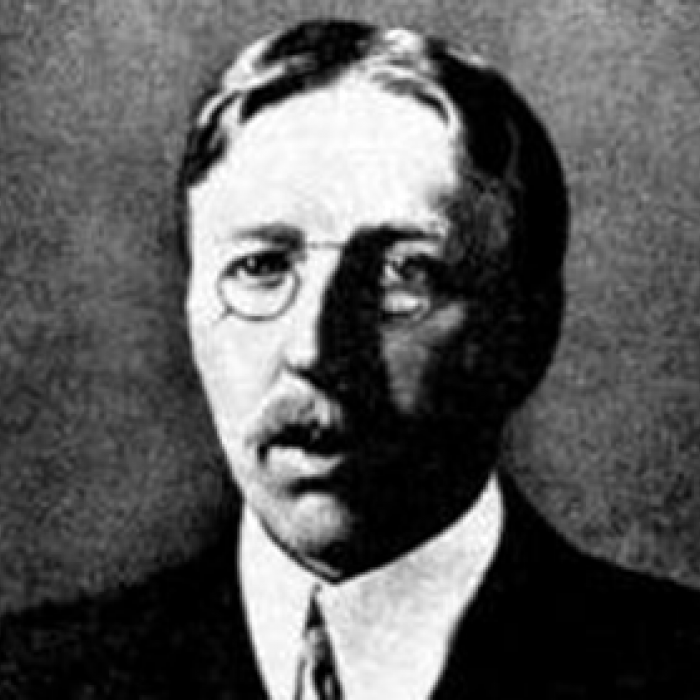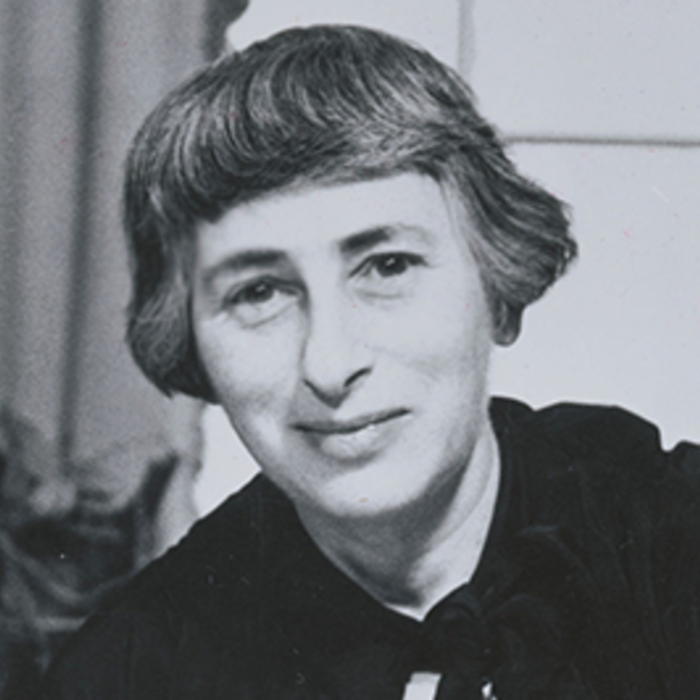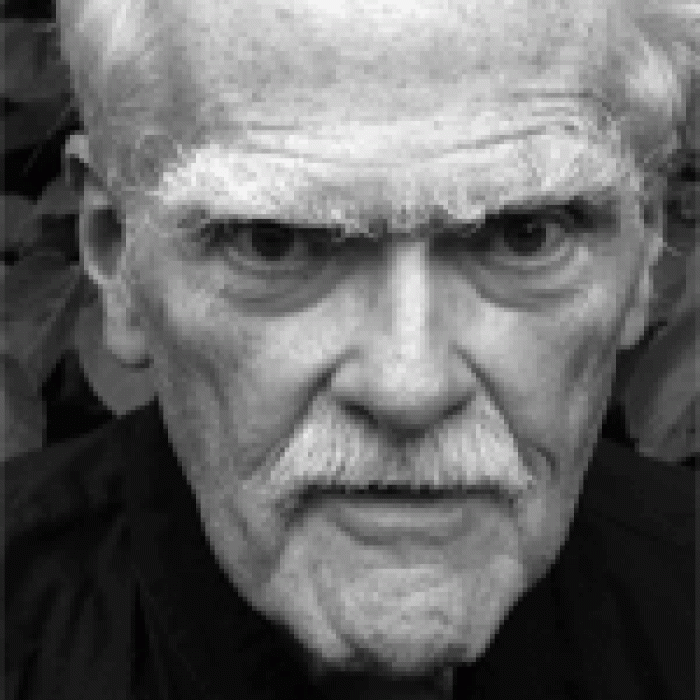D. H. Lawrence
David Herbert Lawrence, a novelist, short story writer, poet, and essayist, was born in Eastwood, Nottinghamshire, England, on September 11, 1885. Though better known as a novelist, Lawrence’s first-published works (in 1909) were poems, and his poetry, especially his evocations of the natural world, have since had a significant influence on many poets on both sides of the Atlantic. His early poems reflect the influence of Ezra Pound and the Imagist movement, which reached its peak in the early teens of the twentieth century. When Pound attempted to draw Lawrence into his circle of writer-followers, however, Lawrence decided to pursue a more independent path.
Lawrence believed in writing poetry that was stark, immediate, and true to the mysterious inner force which motivated it. Many of his best-loved poems treat the physical and inner lives of plants and animals; others are bitterly satiric and express his outrage at the puritanism and hypocrisy of conventional Anglo-Saxon society. Lawrence was a rebellious and profoundly polemical writer with radical views, who regarded sex, the primitive subconscious, and nature as cures to what he considered the evils of modern industrialized society. Tremendously prolific, his work was often uneven in quality, and he was a continual source of controversy, often involved in widely publicized censorship cases, most famously for his novel Lady Chatterley’s Lover (1928), which was printed privately. His collections of poetry include Pansies (Martin Secker, 1929), which was banned in England; Birds, Beasts, and Flowers (Thomas Seltzer, 1923); and Look! We Have Come Through (B. W. Huebsch, 1917), a collection of poems about his wife.
Besides his troubles with the censors, Lawrence was persecuted as well during World War I, for the supposed pro-German sympathies of his wife, Frieda. As a consequence, the Lawrences left England and traveled restlessly to Italy, Germany, Ceylon, Australia, New Zealand, Tahiti, the French Riviera, Mexico, and the United States, unsuccessfully searching for a new homeland. In Taos, New Mexico, he became the center of a group of female admirers who considered themselves his disciples, and whose quarrels for his attention became a literary legend. A lifelong sufferer from tuberculosis, Lawrence died in 1930 in France, at the age of forty-four.




